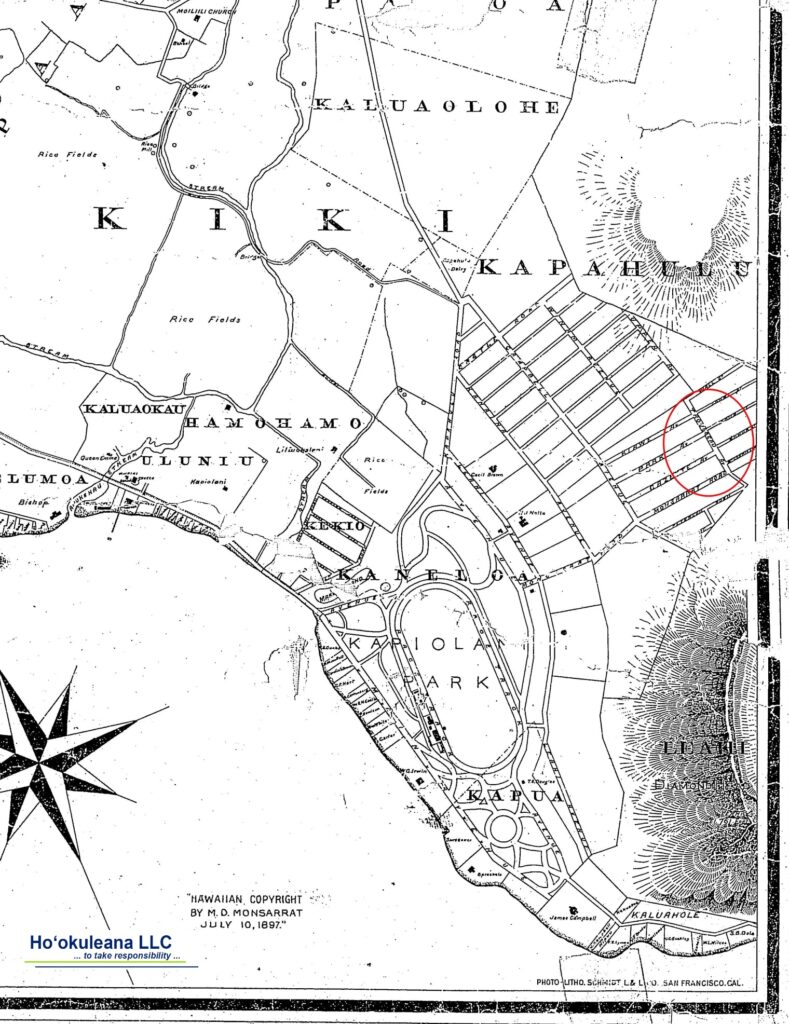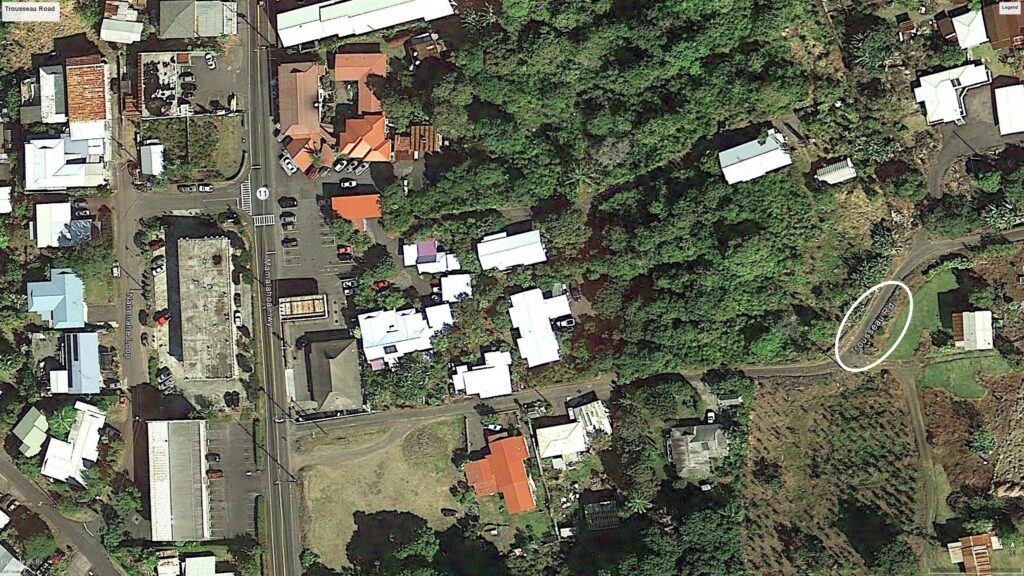“I am hungry for the work. … I am not afraid of any disease, hence it would be my greatest delight even to minister the abandoned ‘lepers.’”
Farmers Peter and Barbara Koob had five children in Germany and five children in the United States. On January 23, 1838, their daughter, Barbara Koob (variants: Kob, Kopp and now officially Cope,) was born in the German Grand Duchy of Hess-Darmstadt. The next year, the family immigrated to the United States to seek opportunity.
The Koob family settled in Utica, New York and became members of St. Joseph Parish, where the children attended the parish school.
In 1848, young Barbara received her First Holy Communion and was confirmed at St. John Parish in Utica when, in accordance with the practice of the time, the bishop of the diocese came to the largest church in the area to administer these two sacraments at the same ceremony.
After her father’s death, Barbara, in August, 1862, entered the Sisters of the Third Order of Saint Francis in Syracuse, NY, and, on November 19, 1862, she was invested at the Church of the Assumption. She soon became known as Sister Marianne.
As a member of the governing boards of her religious community, she participated in the establishment of two of the first hospitals in the central New York area, St. Elizabeth Hospital in Utica (1866) and St. Joseph’s Hospital in Syracuse (1869). These two hospitals were among the first 50 general hospitals in the US.
Sister Marianne began her new career as administrator at St. Joseph’s Hospital in Syracuse, NY in 1870 where she served as head administrator for six of the hospital’s first seven years.
In 1877, Sister Marianne was elected Mother General of the Franciscan congregation and given the title “Mother” as was the custom of the time.
In 1883, she received a letter from Father Leonor Fouesnel, a missionary in Hawaiʻi, to come to Hawaiʻi to help “procure the salvation of souls and to promote the glory of God.”
Of the 50 religious communities in the US contacted, only Mother Marianne’s Order of Sisters agreed to come to Hawaiʻi to care for people with Hansen’s Disease (known then as leprosy).
The Sisters arrived in Hawaiʻi on November 8, 1883, dedicating themselves to the care of the 200-lepers in Kakaʻako Branch Hospital on Oʻahu. This hospital was built to accommodate 100-people, but housed more than 200.
The condition at the hospital were deplorable. Each Sister-nurse learned to wash the wounds, to apply soothing ointment to the wounds, and to bring a sense of order to the lawlessness that prevails when there is abandonment of hope.
In 1884, Mother Marianne Cope and the Sisters of St. Francis came to Maui and with a royal bequest from Queen Kapiʻolani, established Malulani Hospital (“Protection of Heaven”) in Wailuku, next to the site of St. Anthony’s Church. Malulani was the first hospital established on Maui.
In 1885, realizing that healthy children of leprous patients were at high risk of contracting the disease, yet had no place to live, she founded Kapiʻolani Home on Oʻahu for healthy female children of leprosy patients. Because of her work, she was the recipient of the Royal Medal of Kapiʻolani.
In the summer of 1886, the Sisters took care of Father Damien (later Saint Damien) when he visited Honolulu during his bout with leprosy. He asked the Sisters to take over for him when he died.
Mother Marianne led the first contingent of Sister-nurses to Kalaupapa, Molokaʻi, where more than a thousand people with leprosy had been exiled. Upon arrival, on November 14, 1888, she opened the CR Bishop Home for homeless women and girls with Hansen’s Disease. To improve the bleak conditions, Mother Marianne grew fruits, vegetables and landscaped the area with trees, thus creating a better environment among the residents.
While at Kalaupapa, Mother Marianne predicted that no Franciscan Sister would ever contract leprosy. Additionally she required her sisters use stringent hand washing and other sanitary procedures.
Upon the death of Saint Damien on April 15, 1889, Mother Marianne agreed to head the Boys Home at Kalawao. The Board of Health had quickly chosen her as Saint Damien’s successor and she was thus enabled to keep her promise to him to look after his boys.
The Boys Home at Kalawao was completely renovated between 1889 – 1895 during her administration. During the renovation, it was renamed Baldwin Home by the Board of Health in honor of its leading benefactor, HP Baldwin.
The two new Sisters who came to run the Home were accompanied on their boat journey by poet Robert Louis Stevenson, who stayed for a week. During his stay, he wrote a poem for Mother Marianne and later donated a piano so that “there will always be music.”
Mother Marianne’s spirit of self-sacrifice enabled her to live and work with leper patients for 35 years. Although there was not yet a cure, the Sisters could offer the lepers some semblance of dignity and as pleasant a life as possible.
Mother Marianne died in Kalaupapa on August 9, 1918. The Sisters of St. Francis continue their work in Kalaupapa with victims of Hansen’s Disease. No sister has ever contracted the disease.
On December 19, 2011, Pope Benedict signed and approved the promulgation of the decree for her sainthood and she was canonized on October 21, 2012. (Information here is primarily from Cathedral of Our Lady of Peace.)
































































